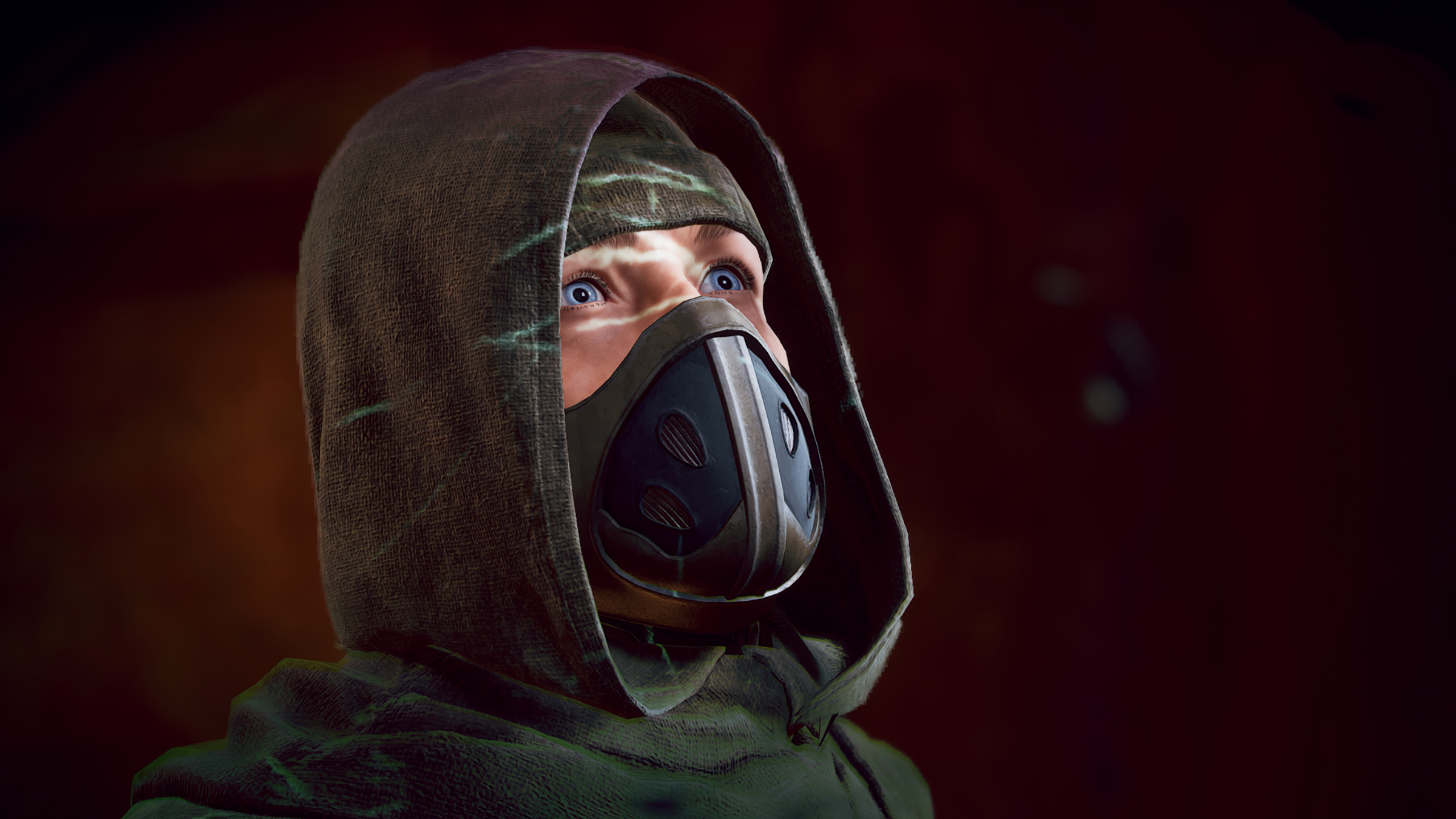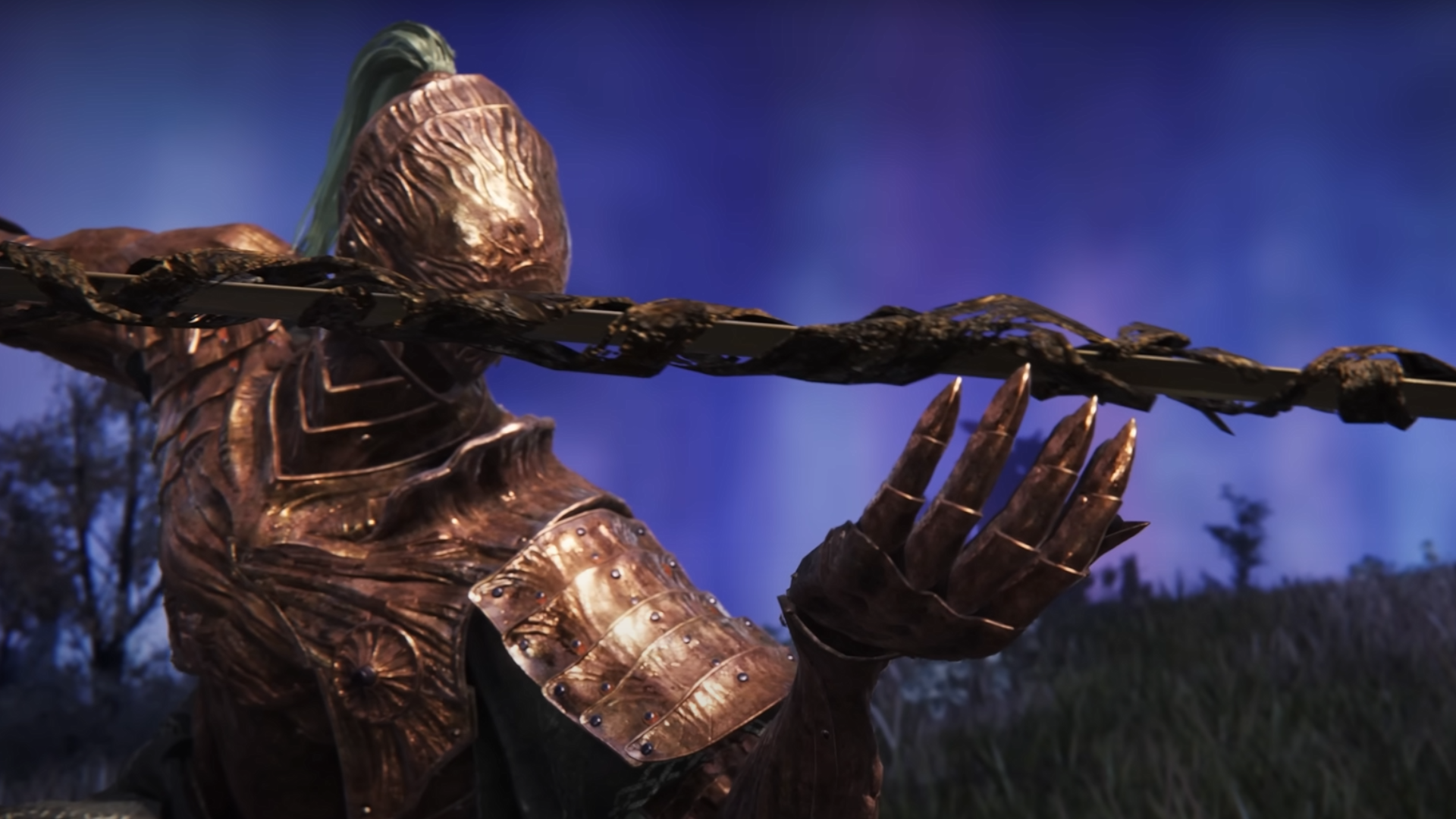
There are few better ways to spend a day than building LEGO. Feeling the pieces click together as a pile of plastic bricks becomes an epic creation is incredibly satisfying in a way that digital representations haven’t always been able to recreate. So while most recent LEGO games have instead found success as silly action-platformers with licensed tie-ins, LEGO Bricktales goes in a completely different direction. It ditches the pop culture characters and co-op combat in favor of an original story with building-based puzzles. It’s not quite the same as building LEGOs in real life, but it comes pretty close — even when you’re fighting with the camera or obscure mission objectives.
In LEGO Bricktales, you’re a brick person tasked with helping your eccentric grandfather power up the theme park where he apparently resides before it gets shut down for good. Think Doc Brown from Back to the Future, but instead of a souped-up DeLorean, Grandpa’s built a portal to transport you to faraway lands. Your mission: help out the locals across a handful of biomes and collect Happiness Crystals, which can be used as a power source for the theme park’s attractions. Helping an archeologist explore a jungle temple, finding a long-lost pirate vessel, and curing a kingdom full of poisoned peasants are all in a day’s work when you’re trying to restore Grandpa’s park to its former glory.
Each level of LEGO Bricktales is designed to look like a detailed diorama when zoomed out, which is reminiscent of the Captain Toad stages in Super Mario 3D World. Unlike many of the most popular LEGO games, there’s no platforming or combat to be had here. Instead, LEGO Bricktales combines exploration and building puzzles for a more grounded approach — well, as grounded as jumping into a portal and emerging in ancient Egypt or medieval times while developing special abilities like generating electricity can be.
These puzzles typically require building something out of LEGOs in order to proceed, whether it be a staircase, a lookout tower, or an amusement park attraction. Developer ClockStone is best known for the Bridge Constructor series, so it’s not entirely surprising that many of LEGO Bricktales’ puzzles also involve building bridges to get characters across chasms. You do this just as you would with physical LEGO sets: brick by brick.
Building these LEGO creations can be wonderfully zen.
Much like in real life, building these creations can be wonderfully zen. It’s not an open sandbox; each of these puzzles has a limited number of bricks in various shapes and certain parameters that have to be met, such as height and width limitations. Physics and common sense apply here, so bridges should be reinforced and sturdy, paths should be clear, and anything that hovers in the air needs to be properly balanced. Before any creation can be completed, you’ll have to give it a trial run to make sure it doesn’t immediately fall apart under the weight of its test subjects (who happen to be adorable robots).
These segments are LEGO Bricktales’ greatest strength, but they can also be its greatest weakness. Putting together a challenging structure and then seeing it in the world and using it as intended is incredibly rewarding, but meeting the objectives is occasionally more frustrating than fun. It’s not always clear why something you’ve built isn’t working properly; at one point, I spent over an hour building and rebuilding a fire escape only to watch the test robots repeatedly plummet to the ground as my staircases fell apart. It could be that you’re missing a single piece needed for reinforcement, or the whole structure might just be unsound. It would be easier to figure out if the camera controls were better, but I felt like I was fighting them for a better viewing angle throughout the entire process as is.
The camera is easily my biggest point of annoyance with LEGO Bricktales, both in its building segments and while exploring. During the latter, you can’t control the camera and move at the same time; in order to zoom out and get a bird’s eye view of the area, you’ll need to fully pause the action. This makes looking for hidden nooks and crannies feel like a chore sometimes, which isn’t ideal when LEGO Bricktales encourages you to go off the beaten path to find collectibles. You thankfully have more control while building, but it can still be tricky to place pieces the way you want to, let alone get a proper view of what’s causing issues.
After you’ve completed a building puzzle, you can go back and rebuild it in sandbox mode, which loosens the rules a bit and lets you use additional pieces in various colors and styles, but, there’s no real incentive to do this. I wish I’d seen more creativity and weirdness on display in these challenges the first time through, rather than the same slate of white, gray, and brown basic pieces over and over again. To be fair, the puzzles match the color scheme of the environment, so it’s not out of place to find a raft held together with brown pieces representing slabs of wood when you’re on the beach. Not every puzzle needs to be bursting with unconventional materials and unicorn rainbow aesthetics, but having some more variety would have gone a long way.
All that said, it’s easy to put these annoyances aside and just enjoy the adventure. Going back and visiting old areas after you’ve unlocked new abilities in the theme park allows you to find treasures that were previously inaccessible. It’s similar to other LEGO games in the way it encourages exploration, and the collectible creatures — ladybugs, hermit crabs, rabbits, and so forth — are motivation enough to retread familiar ground. Even if you’re not a completionist, the story takes around 12-15 hours to complete, with plenty of heart, humor, and cheeky references to keep things interesting. As an added bonus, LEGO Bricktales runs smoothly on Steam Deck, and going back and forth from my PC to my couch aided by cloud saves made the adventure even more enjoyable.








